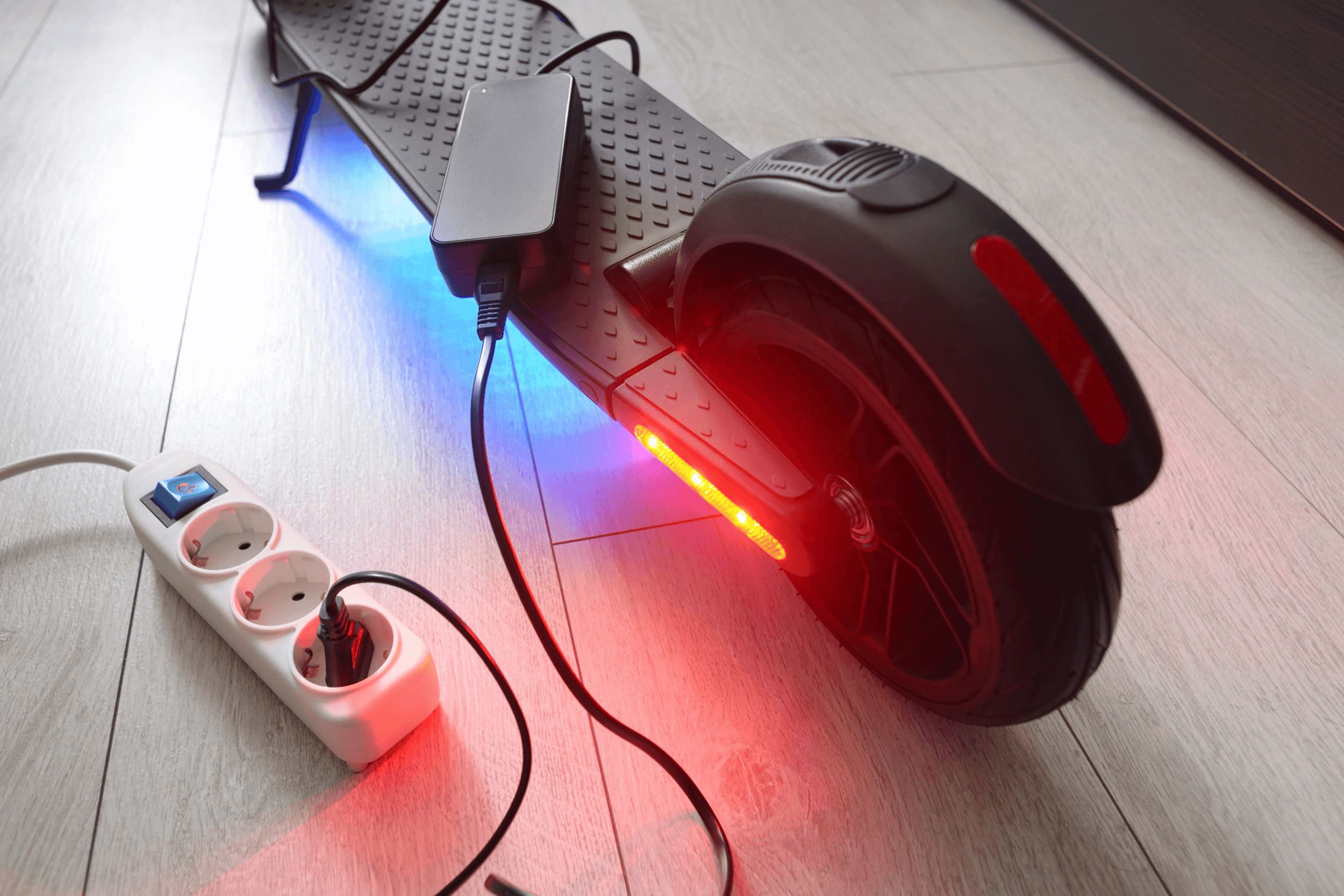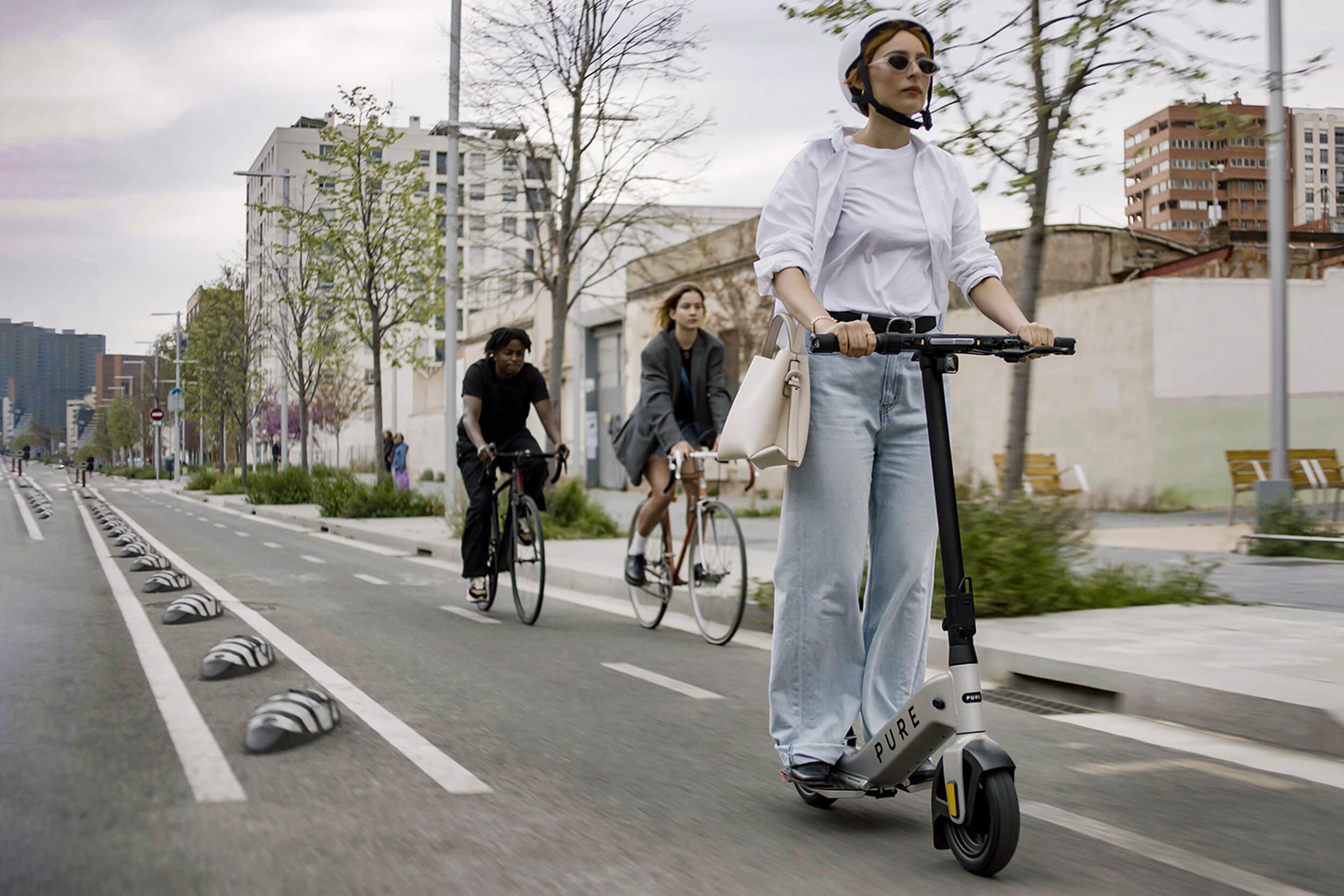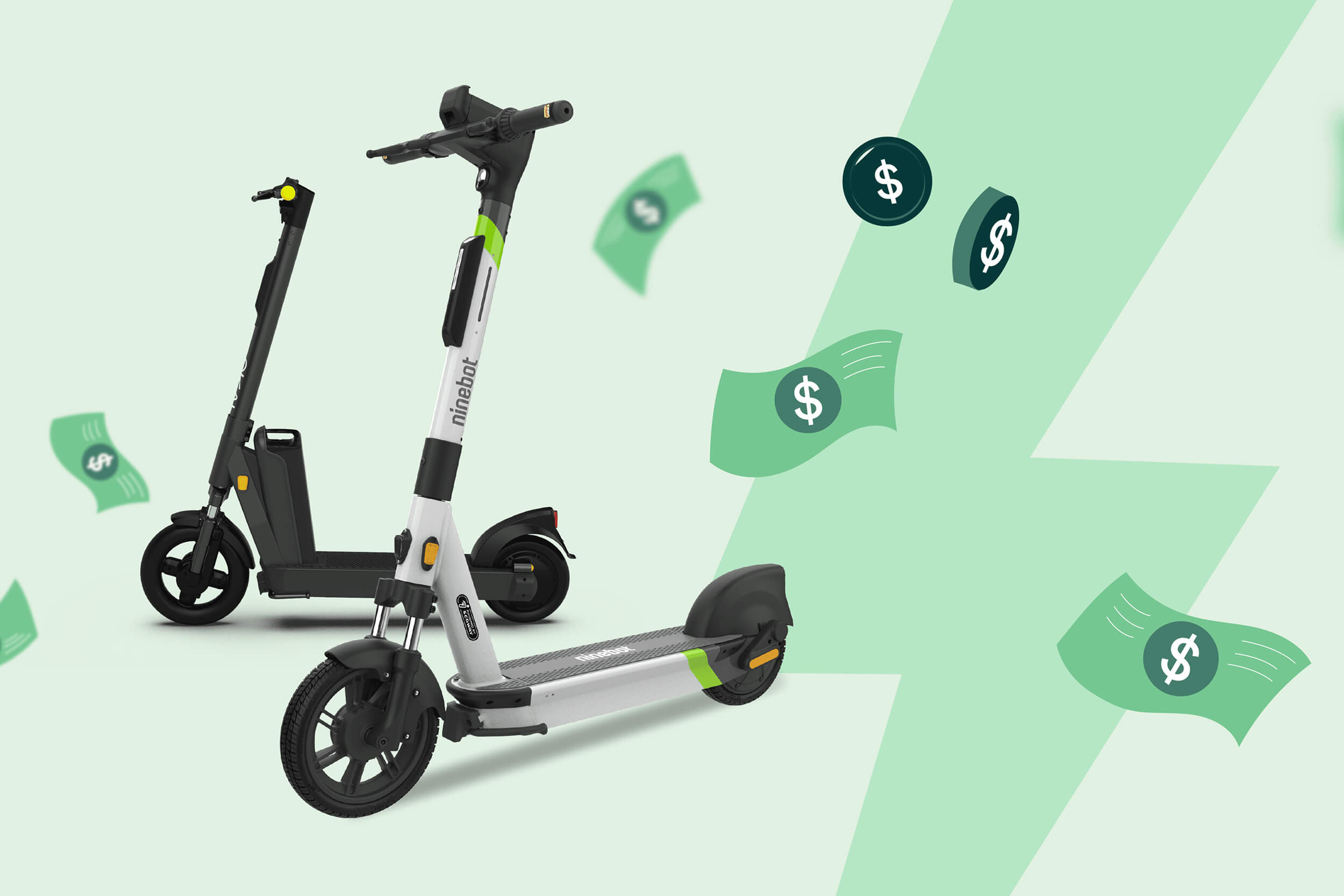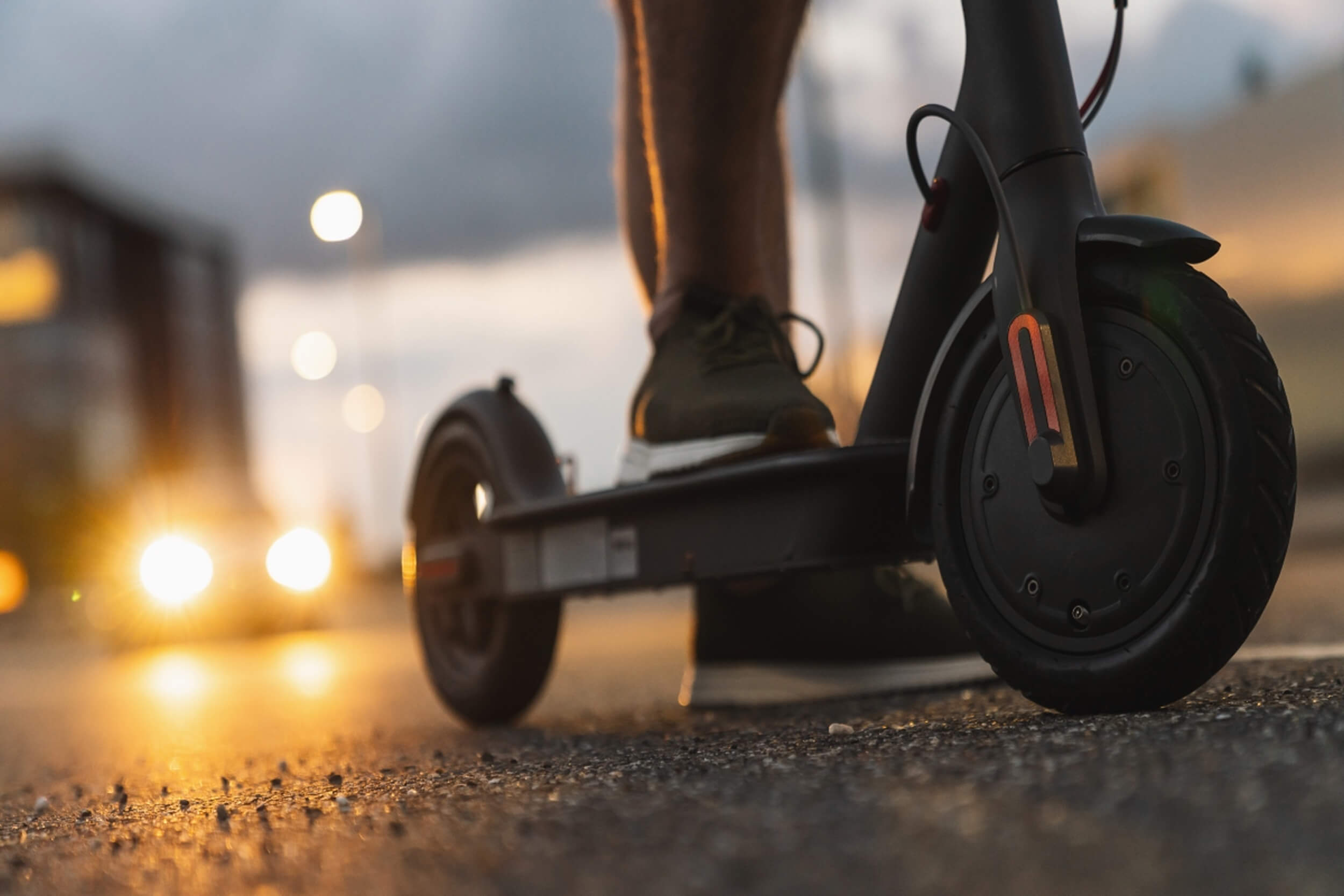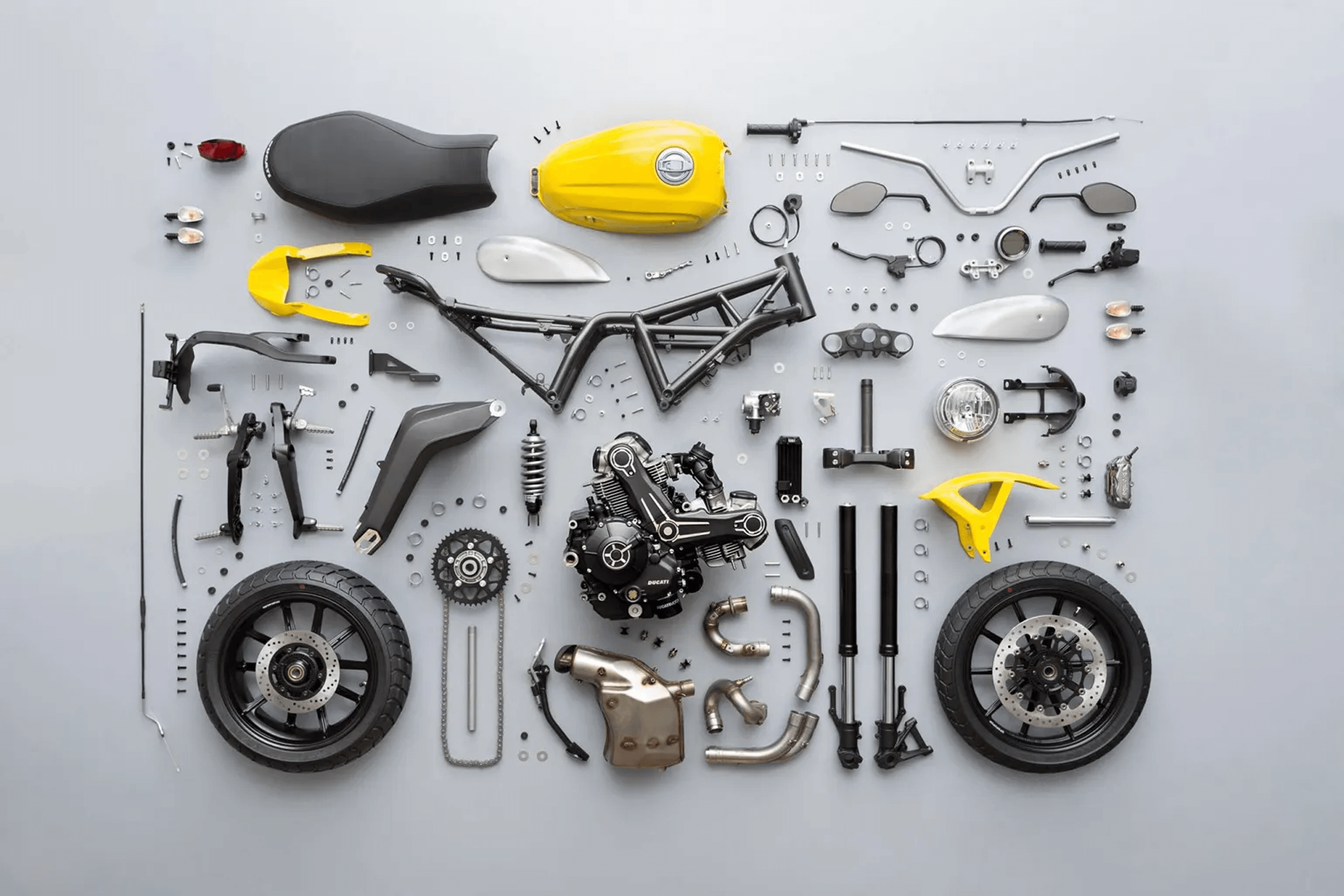
Tips to Extend Your E-Scooter’s Lifespan
June 1, 2025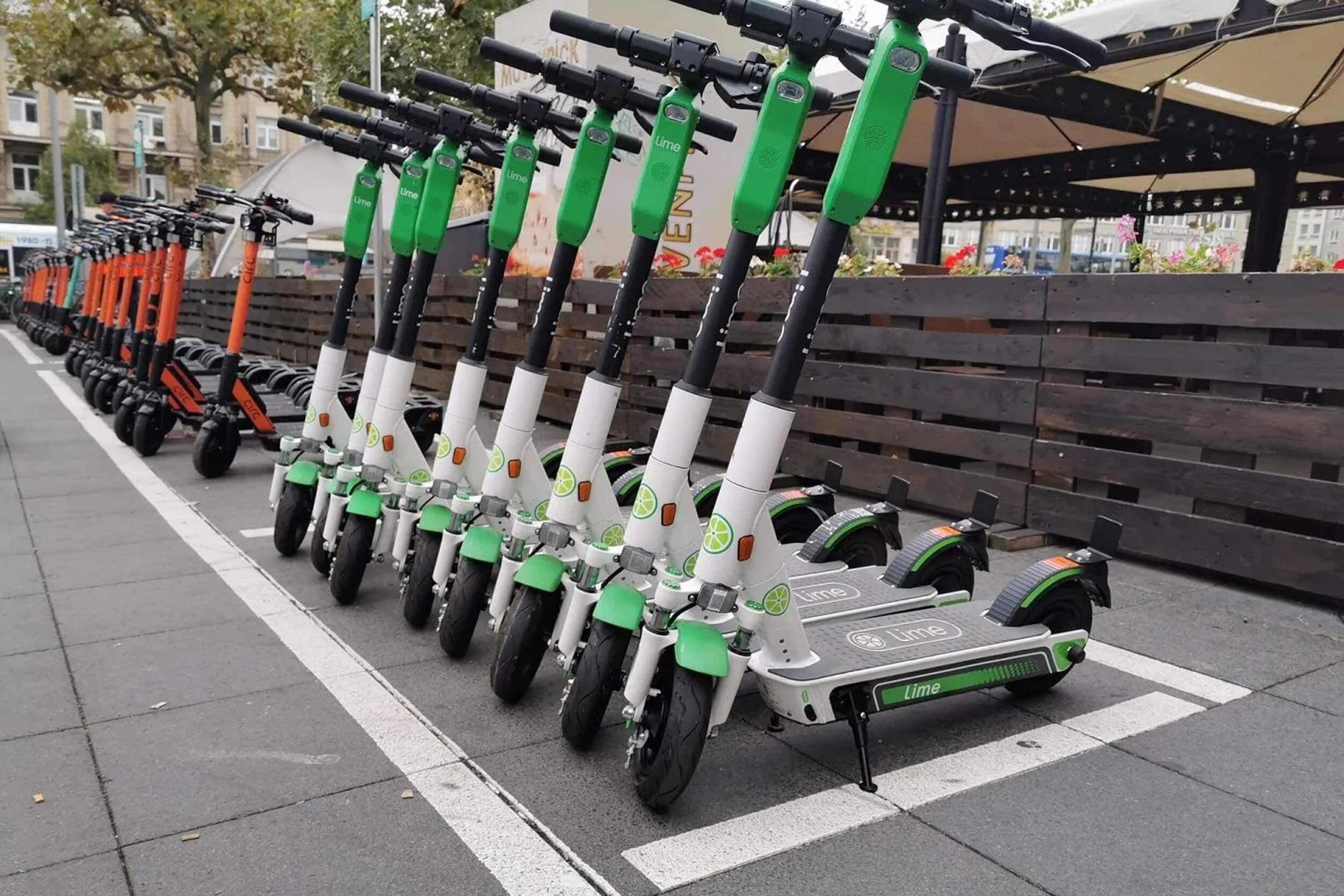
Top E-Scooter Brands in Canada
July 1, 2025Buying a Used E-Scooter: What You Need to Know Before You Ride
Introduction
Electric scooters have quickly become a staple of urban mobility. They’re lightweight, affordable, and eco-conscious—making them perfect for daily commutes, short errands, and weekend rides around town. But for many first-time buyers or budget-conscious users, purchasing a brand-new e-scooter isn’t always the best or most practical option.
Enter the second-hand e-scooter market. Platforms like Scootshop are helping users buy and sell refurbished e-scooters safely and reliably. But before jumping in, it’s important to know what to look for and how to evaluate a used e-scooter to avoid costly mistakes or safety hazards.
This comprehensive guide will walk you through everything you need to know when buying a used e-scooter.
1. Why Buy Used?
Let’s start with the advantages:
- Cost Savings: Buying second-hand can save you up to 50% compared to the original retail price.
- Sustainability: Reusing scooters extends their lifecycle and reduces electronic waste.
- Access to High-End Models: Used markets often carry premium scooters that might be outside your new-product budget.
- Minimal Depreciation: Just like cars, scooters lose much of their value in the first year—buying used means you avoid that initial hit.
However, these benefits come with responsibilities—especially when assessing the scooter’s condition.
2. Checklist Before You Buy
✅ Battery Health
The battery is the most expensive and crucial component. A healthy battery should retain at least 70–80% of its original capacity. Ask for:
- Charging history
- Frequency of use
- Whether the battery has been rebuilt (Scootshop offers this as a verified service)
If possible, test how long the battery lasts on a single charge. If you’re unsure, have a technician inspect it.
✅ Mileage and Usage
Like cars, scooters accumulate wear and tear over time. Higher mileage means more stress on the motor, frame, brakes, and tires. A scooter with under 1,000 km is generally a safer bet, especially if it was used primarily on paved urban roads.
✅ Visual Inspection
Check the frame for cracks, dents, or corrosion. Examine tires for wear, handlebars for wobbliness, and the throttle and display for full functionality. Don’t forget to check folding mechanisms (if applicable) for stability.
✅ Brakes and Suspension
Test both front and rear brakes. A grinding sound or delayed response indicates worn-out brake pads. Similarly, ensure the suspension still absorbs shocks and isn’t stiff or damaged.
✅ Software and Firmware
Modern scooters often come with apps or Bluetooth connectivity. Make sure:
- The app syncs correctly
- There are no errors
- Firmware is updated
- There are no issues with locking/unlocking, regenerative braking, or speed settings
✅ Proof of Ownership
Request an invoice, original receipt, or proof of purchase. This avoids buying stolen equipment and ensures you’re dealing with a legitimate seller.
3. Where to Buy
You can always browse through classified sites or social media groups—but there are risks: no warranties, unclear battery history, and potential fraud.
A safer choice is using a vetted marketplace like Scootshop, which offers:
- Verified seller and product listings
- Battery rebuilding and inspection services
- Transparent pricing based on brand, mileage, and battery life
- Option to sell your own scooter or accessories
Buying through Scootshop gives you peace of mind, especially for your first e-scooter purchase.
4. Understand Local Regulations
Before buying, research local laws. In some provinces or cities:
- Scooters must not exceed certain speed limits (e.g., 25 km/h)
- Helmets may be required by law
- Scooter use may be restricted on sidewalks or main roads
Knowing the rules will help you choose a model that complies and avoid fines or impoundment.
5. Budget for Maintenance
Even with a discounted price, you may need to invest a little more into:
- Replacing the battery
- New tires or tubes
- Brake adjustments or pad replacement
- Firmware updates
Factor these potential costs into your total budget.
Conclusion
Buying a used e-scooter is a smart and sustainable choice—if done with care. From verifying the battery’s condition to checking for legal compliance, a little due diligence can go a long way. Refurbished scooters not only save you money but also help extend the lifecycle of valuable materials, making a meaningful impact on your carbon footprint.
With platforms like Scootshop, purchasing a second-hand scooter becomes easier, safer, and smarter. Whether you’re a student, commuter, or eco-conscious rider, the used market has something for everyone—if you know what to look for.
So don’t rush—research, inspect, and ride with confidence.
